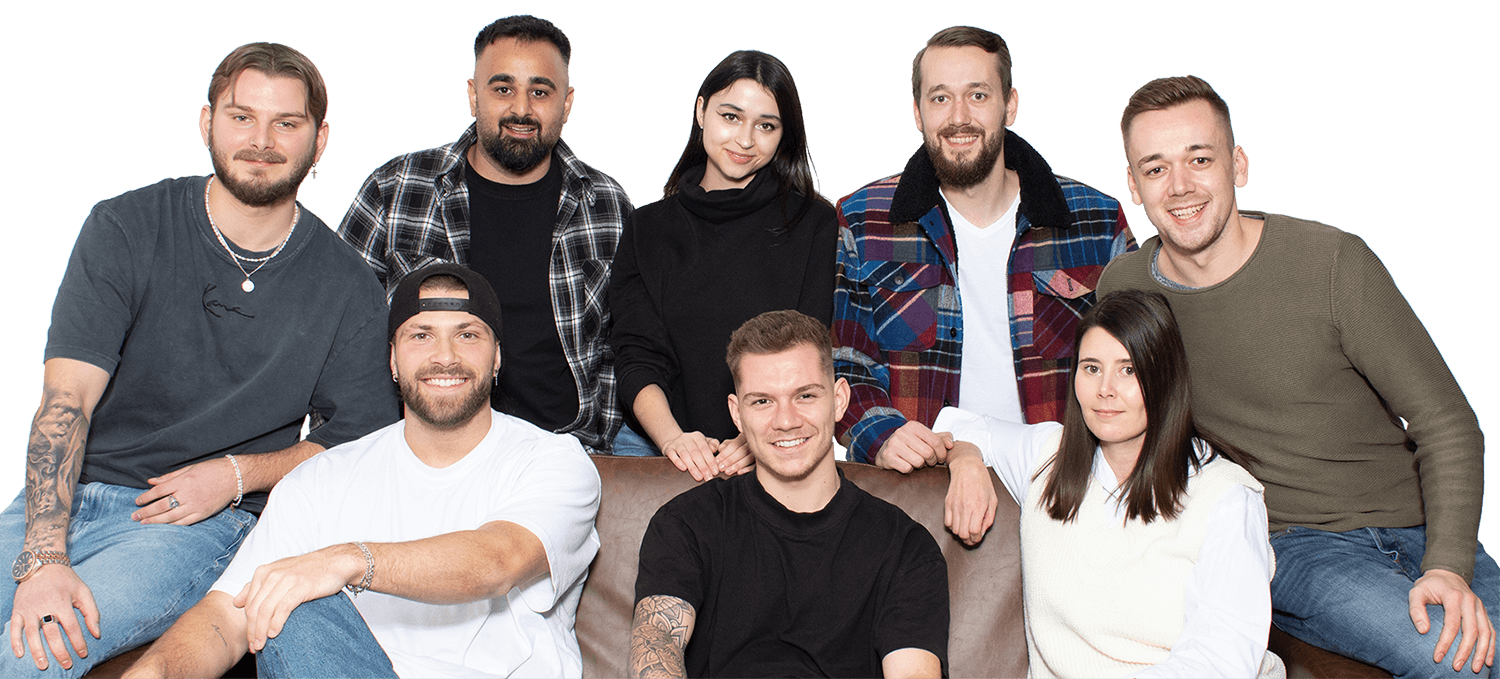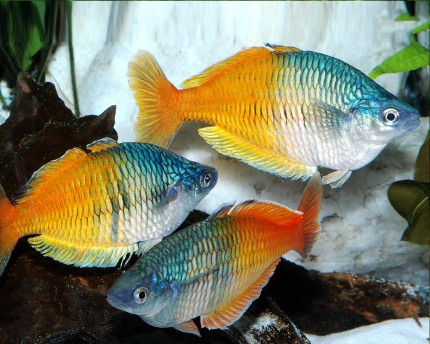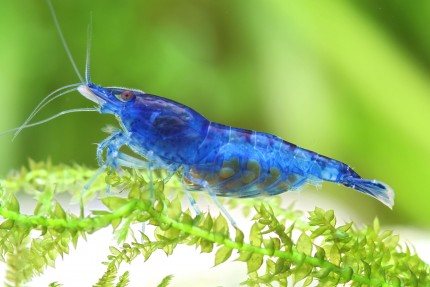incl. VAT plus shipping costs
Immediate delivery, express possible ![]()
More than 20 Articles in stock
Delivery only innh. Germany and Austria possible.
Switch to the German store
- Item no: 7832
Fast delivery times
All products are in stock with us!14 years of breeding experience
Let our team of experts advise you!High customer satisfaction
from over 3,000 reviews "| Water values: | soft to medium hard |
| Diet: | limnivorous - growth eater (algae) |
| Temperature: | 20-25 °C |
| Behavior: | Active |
| Feature: | Algae eater |
| with fish?: | Yes, with peaceful fish |
| Fish group: | Barbs |
| with shrimps?: | with shrimps from 4-6 cm size |
| Planting possible?: | conditional* (see description) |
| Pelvic region: | Below |
| Origin: | Asia |
| with dwarf crabs?: | conditional* (see description) |
| Breeding: | medium |
| Visual effect: | Swarm behavior |
| Difficulty: | 2 - Normal |
| with snails/shells?: | Yes |
| with large crabs?: | No |
| Final size: | 8-12 cm |
| Aquarium size: | 200 l (approx. 100cm) |
| with crabs?: | No |
The Magnificent Algae Eater (Garra flavatra) is a barb from Southeast Asia, more precisely from Myanmar. This aquarium fish, which belongs to the carp fish, is also known as the redfin panda sucker barb. In nature, the panda sucker barb lives in the shallow water of streams without plants and small rivers with clear water over gravel and rocks. The water flows very slowly there.
Magnificent algae eaters are highly valued in aquaristics as efficient algae eaters in larger aquariums, not spurning even filamentous algae or brush al gae. With a total length of 8-10 cm the group fish does not become particularly gigantic, a small group starting from 7 animals can be held quite already in an aquarium starting from 100 cm edge length.
Juvenile fish are light and dark longitudinally striped, the dorsal fin has a dark fringe and a white tip, the caudal fin also has a dark fringe and white tips. As the fish ages, they become darker and then have only small white markings. The fins, on the other hand, take on a bright shade of red, but retain the dark fringe and light tips. The typical barbels are located on the mouth of the redfin panda mullet. Males can be distinguished from females by their figure; they are slightly more slender, and they also have small bumps on their heads.
The magnificent algae eater is an interesting aquarium fish. It must be kept in the group, where a clear hierarchy emerges. This aquarium fish is not particularly lively or eager to swim, but often sits on the glass or on the bottom - gladly in a group - and sucks off algae deposits. Magnificent algae eaters are compatible with larger shrimp and peaceful aquarium fish, but crayfish are not suitable aquarium mates due to competition for the bottom biotope.
The aquarium must be well structured and provide shelters and hiding places. It may be planted, but rather loosely, not particularly densely. Magnificent algae eaters like to scrape off algae from all possible surfaces, therefore soft-leaved plants have a somewhat difficult stand here. Rather robust, perch-resistant plants such as ferns, anubias or vallisnerias are very suitable. At the bottom should be a soft substrate, the stones in the aquarium should have rather rounded shapes to keep the risk of injury lower. In nature, magnificent algae eaters occur in soft water, in the aquarium they tolerate medium-hard water. The water temperature should be between 22 and 27 °C.
The redfin panda sucker barb eats mainly growth and algae cover, brush algae, filamentous algae and other green algae. It belongs to the omnivores. It can also be enticed with catfish sticks, algae plates and vegetables, and it is particularly happy about frozen food as a variety now and then.
The breeding of the magnificent algae eater has already been successful several times. In the wild, spawning takes place mainly in early summer. The fish are conditioned with good food enriched with algae and then quickly get into spawning mood. Water changes with very soft water are helpful. Spawning tends to be early in the morning. Garra flavatra are free spawners whose spawn immediately sinks to the bottom. To prevent the parents from eating the eggs, choose very coarse pebbles as substrate in the breeding aquarium , in the crevices of which the eggs are safe. Also a spawning grid would be conceivable. After spawning, the parent fish are caught out. The hatched fish larvae are best fed artemia euplii after free swimming.
Our food recommendation: For this aufwuchs feeding proboscis barb the NatureHolic Catfish Feed is perfectly suitable for all aufwuchs feeding sucking catfish in the aquarium. It is a balanced tablet food that will not cloud the water and the fish will happily eat. The catfish tablets also contain NatureHolic active ingredient complexes, which provide the barbs with everything they need for a strong immune system, healthy growth and great, contrasting coloration. As a snack, supplemental food or vacation food we recommend the vegetarian CatfishPlates.
Our plant recommendation: For planting, use NatureHolic InVitros. These are free of snails, planarians and other unwanted co-inhabitants. Also free of algae spores, bacteria and fungi.
Expert Tip: We recommend when keeping fish the NatureHolic 3 Phase Liquid. The care set offers the best all-round protection for your animals. It ensures optimal conditions for successful breeding and keeping.
| Scientific name | Garra flavatra |
| German Name: | Magnificent algae eater, red-finned panda suckermouth barb |
| Difficulty level: | advanced |
| Origin/Distribution: | Southeast Asia |
| Coloration: | Juveniles light and dark longitudinally striped, dorsal fin with dark fringe and white tip, caudal fin also with dark fringe and white tips. Older fish: dark with white markings, fins bright red with dark fringe and light tips |
| Age expectancy | approx. 2-6 years |
| Water parameters: | GH 6 to 20, KH 3 to 18, pH 6 to 8, temperature 22 to 27 °C |
| Tank size: | from 100 cm |
| Food | Algae eaters, aufwuchsfresser, algae plates, Welstabs, now and then frozen food |
| Breeding | difficult |
| Behavior | very peaceful, sociable |
| Group size | Swarm of at least 10 |
| Further information | Ten typical aquarium fish for beginners and alternatives to them, Tips for acclimating fish to the aquarium, Feeding aquarium fish properly - cheap food and what it can do |
- Item no: 7832
- EAN No.: 7427061498523
Entdecke die Garnelio Welt!
Garnelio gehört zu den größten Onlineshops für wirbellose Aquarientiere weltweit.
Viele Artikel gibt es exklusiv nur bei uns im Shop.














































The fields marked with * are required.
I have taken note of the privacy policy.